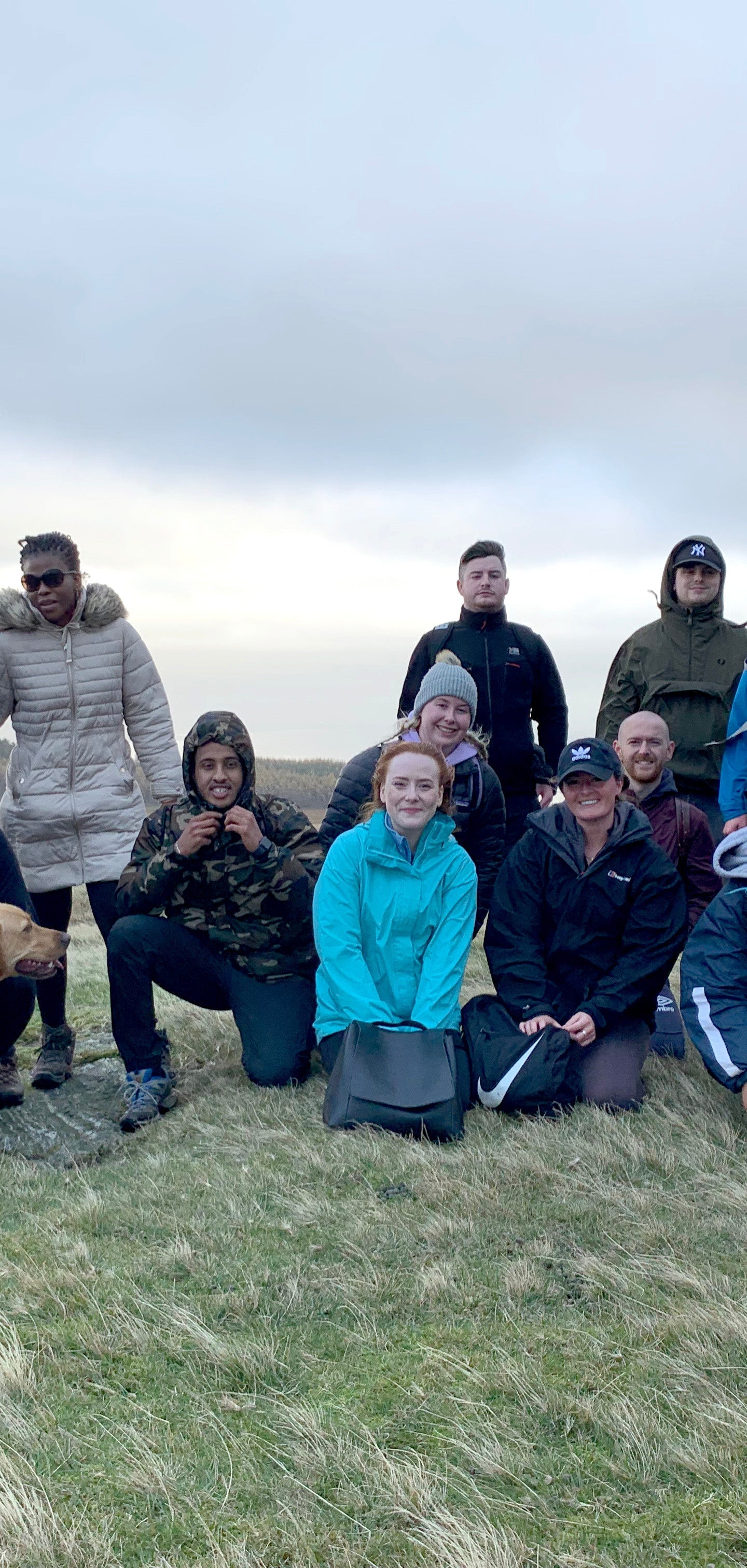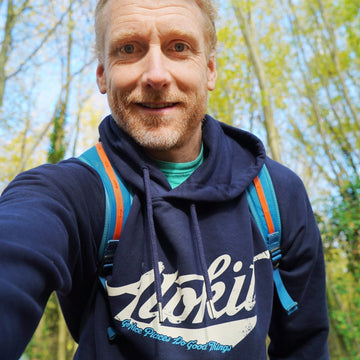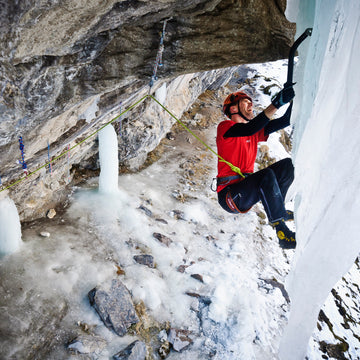
First up, thank you. To everyone who took the time to fill in our annual Sustainability Consultation: we’re incredibly grateful. From the briefest of one-liners to pages of detailed thinking, your responses were powerful, thoughtful and full of integrity. You told us what you care about—and held us to account on the values we share.
This feedback doesn’t sit in a drawer. It informs what we do. It helps shape our goals, set our priorities, and deepen our commitment to doing the right thing—even when it’s hard. What follows is a summary of what we heard, and how it’s already shaping our plans.
Fairness First: People Matter
The loudest and clearest theme? Fair pay and dignity at work for every person involved in making your gear—whether they’re sewing backpacks, weaving fabrics or packing your order.
“A whole supply chain approach to fair wages and working conditions.”“Look after those who make the products. Safe environment and fair wage.”
Time and again, you asked us to consider people at every stage of the supply chain. Many of you questioned whether the “living wage” is really enough—especially in countries where the cost of living is rising fast and labour protections are weak. Others urged us to reduce reliance on suppliers in countries with authoritarian regimes or poor human rights records.
We're already working to increase transparency and traceability in our supply chain and will be sharing more on this in future reports. We've also committed to stronger supplier codes of conduct and will be reviewing our sourcing footprint against ethical risk maps.
Built to Last: Circular, Not Disposable
Another strong theme was around durability, repair and reuse. You told us loud and clear that you want gear that lasts, can be repaired easily, and doesn’t end up in landfill.
“Repairable kit that lasts a long time so I don't need to buy it twice.”“Keep making good quality, long-lasting products. They’re not the cheapest but they last.”
Many of you praised our existing repair and Continuum services, and want to see more—like easier ways to send kit back for repair, or new takeback schemes for end-of-life gear.
You’re also asking for better clarity on what’s recyclable, how to reuse materials, and how our gear fits into the broader idea of a circular economy.
This aligns perfectly with our product design principles: durability, repairability, and reduction of waste. But we know there’s more to do—especially around materials and end-of-life infrastructure.
Real Climate Action, Not Offsetting
Your views on climate action were clear—and sometimes blunt. While you support our net zero ambition, many of you are wary of carbon offsetting and want to see deeper, more systemic action across our supply chain and operations.
“Becoming carbon positive and showing other companies this is possible whilst also making profits.”“Decarbonise rather than buying carbon credits.”“Carbon neutral is not enough unless it’s real.”
Several of you asked whether our carbon reporting includes Scope 3 emissions (yes, it does), and challenged us to focus on energy use, shipping, materials, and manufacturing emissions, not just what happens in our own buildings. You also encouraged us to support our suppliers in switching to renewable energy and reducing their own footprints.
We’ve heard you. We’re already working through the Science Based Targets initiative (SBTi) to create a real emissions reduction plan—and we’ll be sharing more detail on that journey soon.


Better Materials, Honest Trade-offs
From microplastics to animal welfare, chemical treatments to packaging—your comments showed a growing awareness of the hidden impact of materials and a demand for better choices.
“Please stop selling neoprene swimwear. It’s a low point in an otherwise great business.”“More vegan options—and shout about the ones you already have!”“Use recycled, and be able to recycle all products.”
Some customers expressed concern over the continued use of down, neoprene, or synthetic fabrics with forever chemicals. Others want clearer explanations of what each product is made of, where it comes from, and what the trade-offs are. Several of you asked for life cycle assessments or a simple scoring system to compare environmental impact between products.
We're currently reviewing our materials policy and exploring more transparent product-level data on sourcing and impact. And we’re actively developing more PFC-free, vegan-friendly, and biodegradable options across our range.

Beyond Product: Access, Inclusion & Connection
Sustainability isn’t just about carbon or materials. It’s about people, place, and purpose. And you reminded us of that.
“Support kids to fall in love with the outdoors — and protect it.”“Access, inclusion, rewilding — they’re all part of sustainability too.” “Make outdoor adventure accessible to all.”“Grassroots initiatives and right to roam.”
Many of you highlighted the importance of getting more people outdoors, especially young people and underrepresented groups. Others pointed out the environmental strain that can come with increased footfall—and asked us to do more to protect the places we promote. There was strong support for rewilding, habitat protection, and community repair skills.
We’ll keep working through the Alpkit Foundation, Big Shakeout, and Continuum to support access and regeneration. And we’re exploring new ways to amplify local voices and campaigns.

You Keep Us Honest
“Keep leading by example. Your ethics are why I shop with you.”
This consultation reminded us of something important: you care about the same things we do. You want outdoor brands to act responsibly, be honest about their impact, and never stop improving. You’re willing to support us when we get it right—and call us out when we fall short.
This isn’t a one-off. It’s a conversation we’ll keep going. Because sustainability is not a badge—it’s a journey. And we’re on it together.




